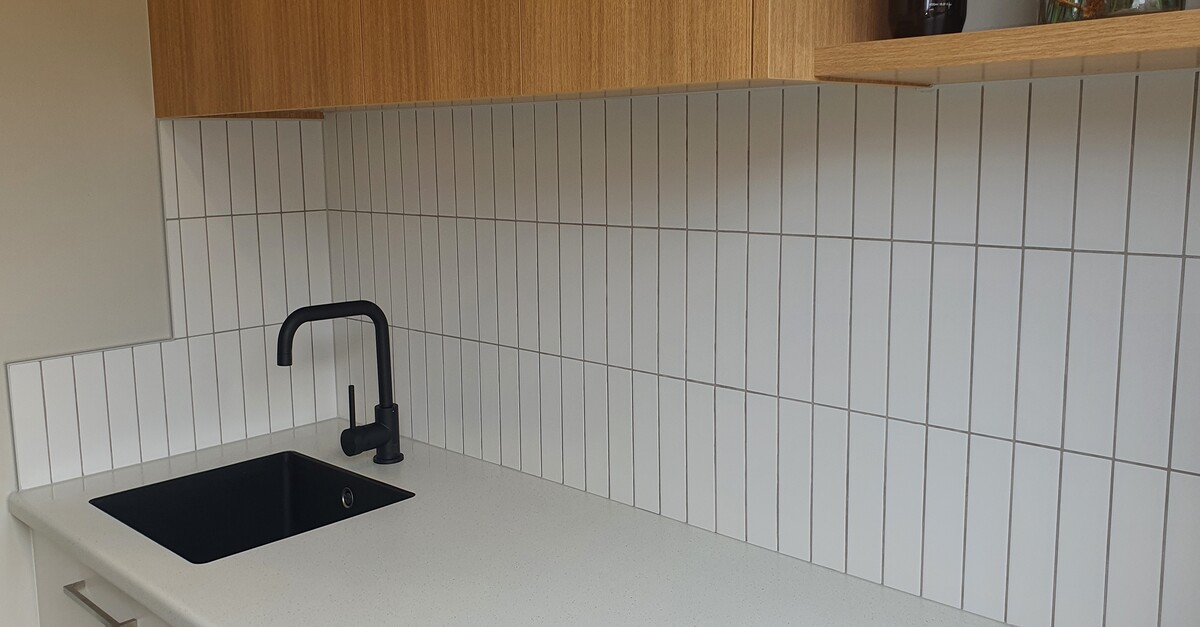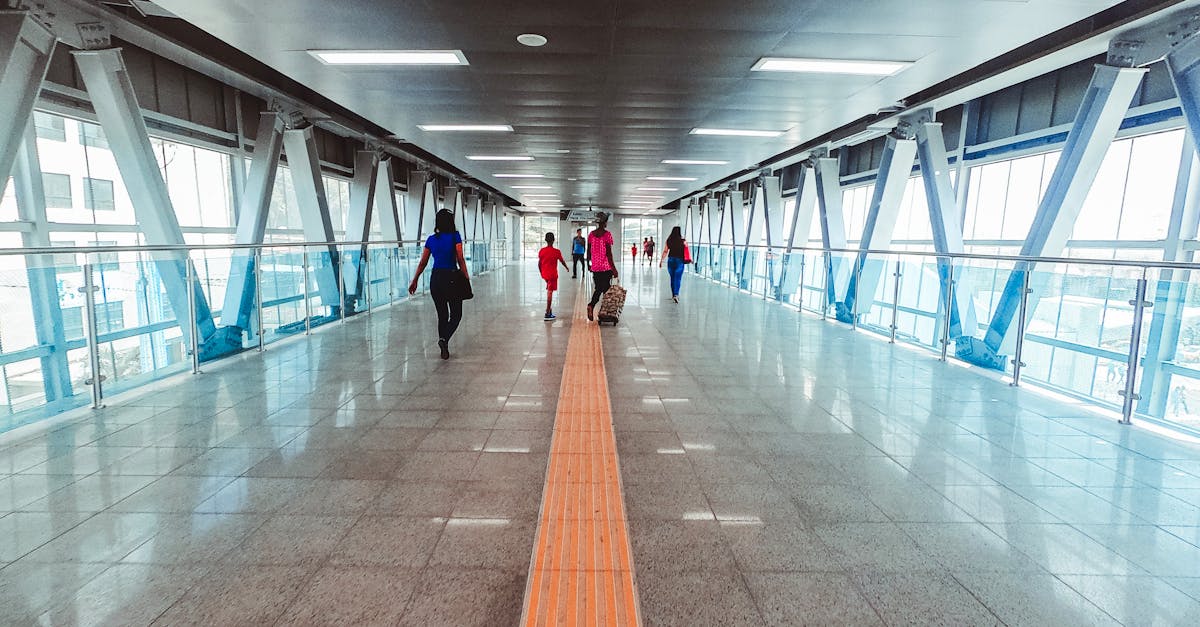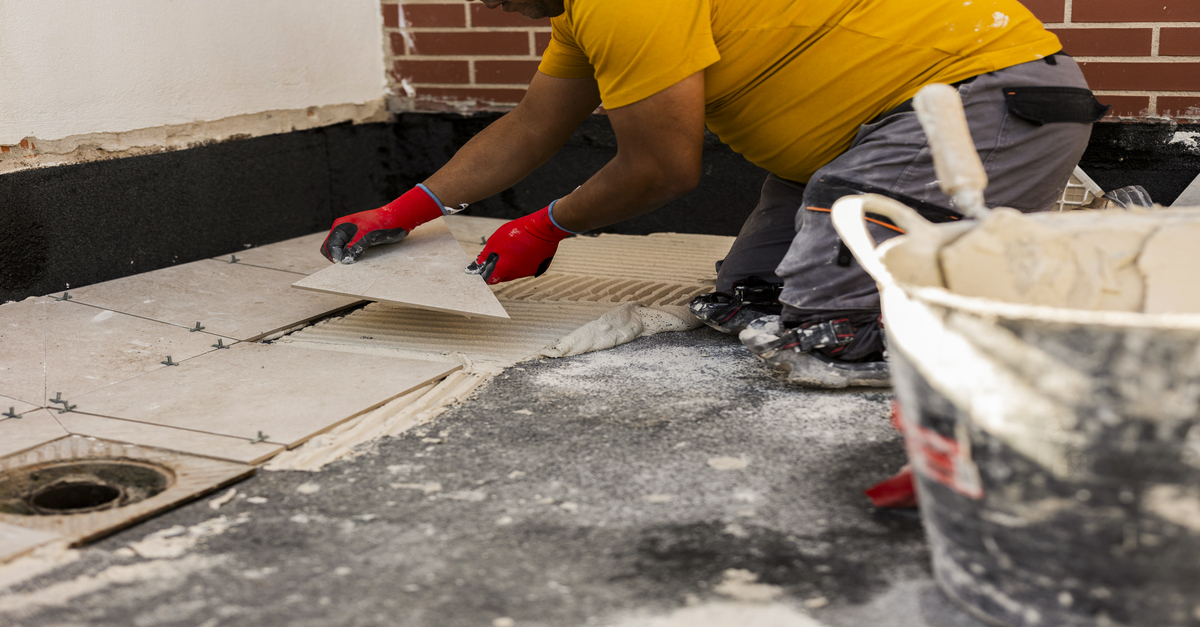
Table Of Contents
Significance of Preparation Work Before Tile Installation
Before embarking on the process of tile installation, it is crucial to acknowledge the substantial significance of thorough preparation work. The quality and longevity of the final result heavily rely on the preliminary steps taken to ensure a solid foundation. Skimping on preparation may lead to a host of issues down the line, including uneven surfaces, premature wear and tear, and the need for costly repairs. It is imperative to adequately assess the area where the tile installation is to take place and address any existing concerns promptly.
Preparing the surface before commencing tile installation involves evaluating the condition of the subfloor, ensuring it is level, stable, and free of any debris or imperfections that may compromise the integrity of the installation. This preliminary step sets the stage for a seamless and durable tile installation, preventing potential complications in the future. Adequate preparation work not only enhances the aesthetic appeal of the finished project but also adds to its resilience and longevity, making it a worthwhile investment in the overall quality of the installation.
Subfloor Condition and Repairs
The condition of the subfloor plays a crucial role in determining the overall cost of tile installation. A damaged or uneven subfloor requires extensive repairs before the tiling process can commence. This involves levelling the subfloor, addressing any structural issues, and ensuring that the surface is stable and suitable for tile installation. Neglecting to properly assess and repair the subfloor can lead to complications during the tiling process, resulting in additional expenses and potential delays.
Moreover, subfloor repairs are essential for achieving a long-lasting and durable tile installation. A solid and even subfloor provides a stable foundation for the tiles, reducing the risk of cracks, breakage, and other issues in the future. Investing in subfloor repairs not only ensures the quality and longevity of the tile installation but also minimises the need for costly repairs or replacements down the line. By prioritising the condition of the subfloor, homeowners can create a solid base for their tile installation that will stand the test of time.
Effect of Tile Type on Installation Costs
Factors that significantly influence the cost of tile installation include the type of tile chosen for the project. Porcelain tiles, known for their durability and low maintenance, typically require a more intricate installation process, thereby increasing labour costs. Conversely, ceramic tiles are more cost-effective due to their easier cutting and installation process.
Natural stone tiles, on the other hand, are considered a luxury option with high aesthetic appeal but come with a higher price tag due to their complex installation requirements. The intricate patterns and irregular shapes of natural stone tiles often demand skilled labour and special tools, thus adding to the overall cost of tile installation. Understanding the nuances of each tile type is essential in determining the total expenses involved in the tile installation process.
Porcelain vs. Ceramic vs. Natural Stone
When considering the materials for tile installation, homeowners often debate between porcelain, ceramic, and natural stone. Each option comes with its own set of characteristics and price points that impact the overall cost of the project. Porcelain tiles are known for their durability and low maintenance requirements, making them a popular choice for high-traffic areas like kitchens and bathrooms. On the other hand, ceramic tiles offer a wide range of design options at a more affordable price point, making them a practical choice for those on a budget. Finally, natural stone tiles exude elegance and unique beauty, but they tend to be the most expensive option due to their high-end aesthetic and labour-intensive installation process.
The choice between porcelain, ceramic, and natural stone for tile installation ultimately depends on the homeowner's preferences, budget, and the specific requirements of the space. While porcelain and ceramic tiles are versatile and cost-effective options for many projects, natural stone tiles can add a luxurious touch to a home but come with a higher price tag. It is essential for homeowners to weigh the pros and cons of each material carefully before making a decision to ensure that the tile installation meets their aesthetic preferences and practical needs.
Importance of Waterproofing in Tile Installation
Waterproofing is a crucial aspect of tile installation that should not be overlooked. It provides protection against water damage, which is vital for maintaining the integrity and longevity of the tiles. Without proper waterproofing measures in place, water can seep through the grout lines and damage the subfloor, leading to costly repairs in the future. In addition, waterproofing helps to prevent mould and mildew growth in areas where moisture is present, ensuring a healthy indoor environment.
When it comes to tile installation, investing in waterproofing products and techniques is a wise decision. By creating a waterproof barrier between the tiles and the subfloor, you can safeguard your investment and enjoy long-lasting results. Moreover, waterproofing not only enhances the durability of the tiles but also makes maintenance easier by preventing water-related issues. Whether it's in bathrooms, kitchens, or outdoor spaces, ensuring proper waterproofing during tile installation is essential for preserving the beauty and functionality of the tiled surface.
Preventing Water Damage
Preventing water damage is an essential aspect of tile installation. Proper waterproofing ensures that water does not seep through the grout lines and damage the underlying structure. It is crucial to use high-quality waterproofing materials and techniques to safeguard the longevity of the tile installation and prevent costly repairs in the future.
Moreover, ensuring that all corners and edges are properly sealed during the tile installation process is key to preventing water damage. Areas such as showers, baths, and kitchen splashbacks are particularly vulnerable to water exposure, hence warranting extra care and attention during the installation. By prioritising waterproofing measures, homeowners can maintain the integrity of the tile installation and protect their investment for years to come.
FAQS
Why is tile installation so expensive?
Tile installation is expensive due to various factors such as the significant preparation work required before installation, the condition of the subfloor and any necessary repairs, the type of tile being used, and the importance of proper waterproofing to prevent water damage.
What is the significance of preparation work before tile installation?
Preparation work before tile installation is crucial as it ensures a smooth and level surface for the tiles to be laid on. This can involve tasks such as removing old flooring, repairing any subfloor damage, and ensuring the surface is clean and dry.
How does the subfloor condition affect tile installation costs?
The condition of the subfloor can greatly impact tile installation costs. If the subfloor is uneven or damaged, additional preparation work and repairs will be required, increasing the overall cost of the installation.
What is the effect of the type of tile on installation costs?
The type of tile being used can significantly impact installation costs. Porcelain and natural stone tiles are generally more expensive to install compared to ceramic tiles due to their weight, size, and installation requirements.
What is the importance of waterproofing in tile installation?
Proper waterproofing is essential in tile installation to prevent water damage and prolong the lifespan of the tiles. This can involve using waterproofing membranes, sealants, and ensuring proper drainage to protect the subfloor and walls from moisture.



